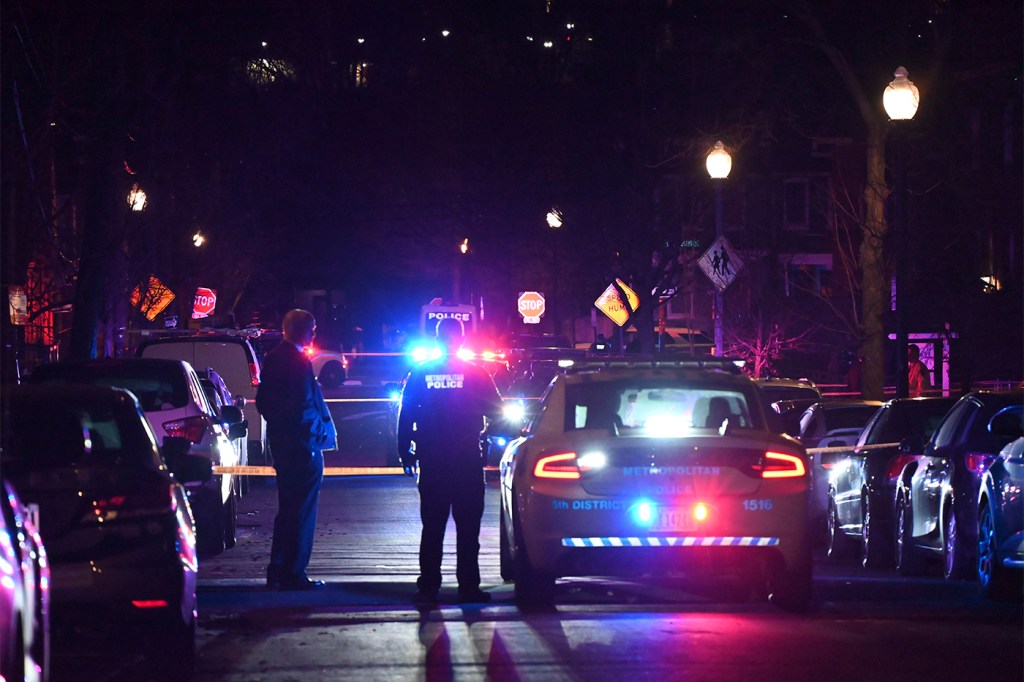Minority victims die more often, and at younger ages, from violence. New research explains why ‘people of color are doubly victimized’

People of color are not only dying more often from violence in the United States, they are dying at younger ages from that violence, according to research led by Northeastern University professor Gregory M. Zimmerman.
“People of color are doubly victimized by violence,” says Zimmerman, a professor of criminology and criminal justice at the university.
“Disproportionate burden of violence: Explaining racial and ethnic disparities in potential years of life lost among homicide victims, suicide decedents, and homicide-suicide perpetrators,” was published this month in the open-source journal PLOS One.
The study examines data from the Centers for Disease Control and Prevention’s National Violent Death Reporting System, which provided a sample of roughly 100,000 homicide victims, over 230,000 people who died by suicide, and nearly 4,000 murder-suicide perpetrators between 2003 and 2019.

Homicide victims, suicide decedents and homicide-suicide perpetrators were classified into the five major racial and ethnic groups in the United States: Hispanic, non-Hispanic white, African American, Asian or Pacific Islander, and American Indian or Alaska Native.
Zimmerman and colleagues Daniel Trovato, a doctoral student in the School of Criminology and Criminal Justice at Northeastern, and Emma E. Fridel, an assistant professor in the College of Criminology and Criminal Justice at Florida State University, also calculated potential years of life lost for each victim, specific to each racial and ethnic group.
Potential years of life lost measures the number of years a person would have lived if they had not died of a particular cause. For example, if a Black man with a life expectancy of age 71 died by homicide at age 40, then he would have 30 potential years of life lost. (If that same man died aged older than his life expectancy, he would have 0 potential years of life lost whether he died at age 75 or age 105.)
Zimmerman and colleagues found that people of color who died by violence had up to 11 or 12 more potential years of life lost than their white counterparts. The largest disparities were observed between Hispanic and white persons, followed by Asian/Pacific Islanders, and African American persons versus white persons.
However, researchers didn’t stop there.
“Part of what we did in this study is not only to look at if there are racial and ethnic differences in potential years of life lost, but also why we see those differences,” Zimmerman explains. “We did find a number of individual characteristics that partly accounted for these racial and ethnic differences in potential years of life lost.”
Researchers found that employment status, educational attainment, and family factors such as marital status and health all partly explained the disparity in potential years of life lost between persons of color and persons who were white.
“This suggests that some of these issues can be solved at least partially, by closing racial and ethnic gaps in things like education, employment and health,” Zimmerman says. “This finding can help policymakers reduce racial and ethnic differences in potential years of life lost.”
There’s also further research to be done.
Zimmerman says that applying his methods to additional data sources with more information about victims’ health access and utilization, geographical locations, along with more specifically identifying membership in racial and ethnic groups and subgroups will be the next steps in the research.
“These are the sort of questions that I want to look at next to try to investigate the ‘why is this happening?’” Zimmerman says. “We got a pretty good picture here, but we need a better picture.”






